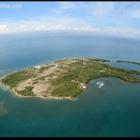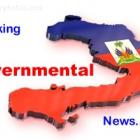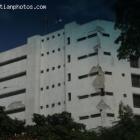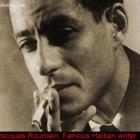ADVERTISEMENT
Plantation
Alexandre Petion and Haiti land reform
Alexandre Petion has introduced a land reform following the independence of Haiti that many would agree has cost the country a great deal.
Christophe went to the north and PÃĐtion took the southern Republic of Haiti. One major act by Alexandre PÃĐtion was land redistribution. He seized commercial plantations from the rich and had the land redistributed to his supporters and the peasantry.
In the short term, that earned him lot of respect and appreciation by the beneficiaries. He earned the nickname Papa Bon-CÅ"ur "good-hearted father" as a result.
The land seizures and redistribution ended up reducing the production of commodities for the export economy. As a result, most of the population became subsistence farmers. Exports and state revenue declined sharply.
A look at the present land ownership situation in Haiti would make one think about this original decision
International Community Plans Haiti's First National Botanic Garden
In a push to develop a National Botanic Garden (NBG) in Haiti, several U.S. environmental groups, including Denver's Botanic Gardens, have partnered to plan Haiti's first NBG.
Port-au-Prince hosted a workshop for these collaborators to meet to develop an NBG in Haiti's restoration of its infrastructure. Workshop participants besides the U.S. included France, Canada, Britain, and the Dominican Republic.
Minister of Tourism, Stephanie Villedrouin, committed her department to realizing the NBG initiative.
What is left of Dauphin Plantation in Fort Liberte, Haiti
Here is a picture of a building in Fort Liberte that was served to house Sisal from the Dauphin Plantation in Fort Liberte, Haiti.
At the Time, there was a good demand for sisal worldwide and it was very profitable to get into this business.
The plantation of sisal covered what is to be known now as Bay Plantation. The area covered Lake Romeo all the way to the mountains and then northwest to the ocean with the western boundary along the river that flows by Terrier Rouge.
As sudden decrease in the prise of sesal in the world market forced the project to close
By the beginning of World War II, Haiti had a huge plantation of sisal which was estimated at around 13,500 acres

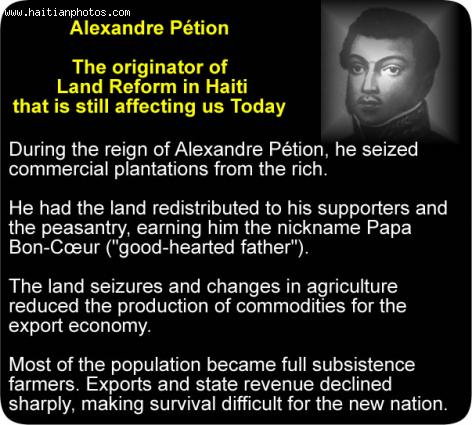
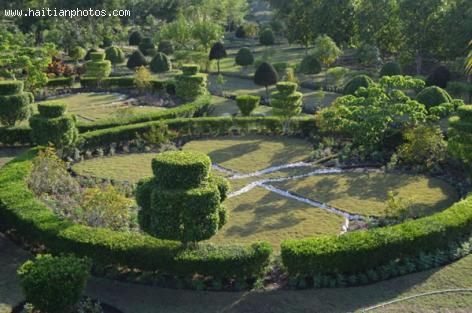
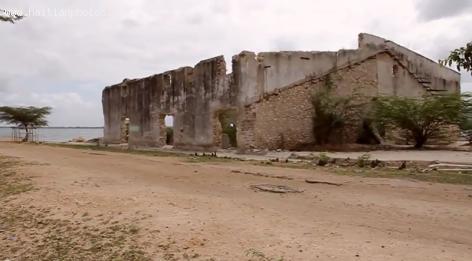
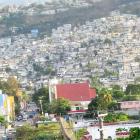 Petion-Ville, Haiti
Petion-Ville, Haiti 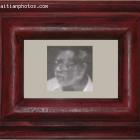 Luc Desir Was A Member Of Francois Duvalier And Jean-Claude...
Luc Desir Was A Member Of Francois Duvalier And Jean-Claude...  Children of Haitian descent handcuffed, deported from the Bahamas
Children of Haitian descent handcuffed, deported from the Bahamas 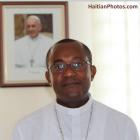 Pope Francis appointed Mgr. Launay Saturne Archbishop of...
Pope Francis appointed Mgr. Launay Saturne Archbishop of...  Dr. Henri Ford, First Haitian Dean At University of Miami Med...
Dr. Henri Ford, First Haitian Dean At University of Miami Med...  Port-au-Prince on fire over gas prices hike
Port-au-Prince on fire over gas prices hike  Jean Henry CÃĐant deposited documents in Parliament for...
Jean Henry CÃĐant deposited documents in Parliament for...  Jovenel MoÃŊse nominated Jean Henry CÃĐant as prime minister of...
Jovenel MoÃŊse nominated Jean Henry CÃĐant as prime minister of... 